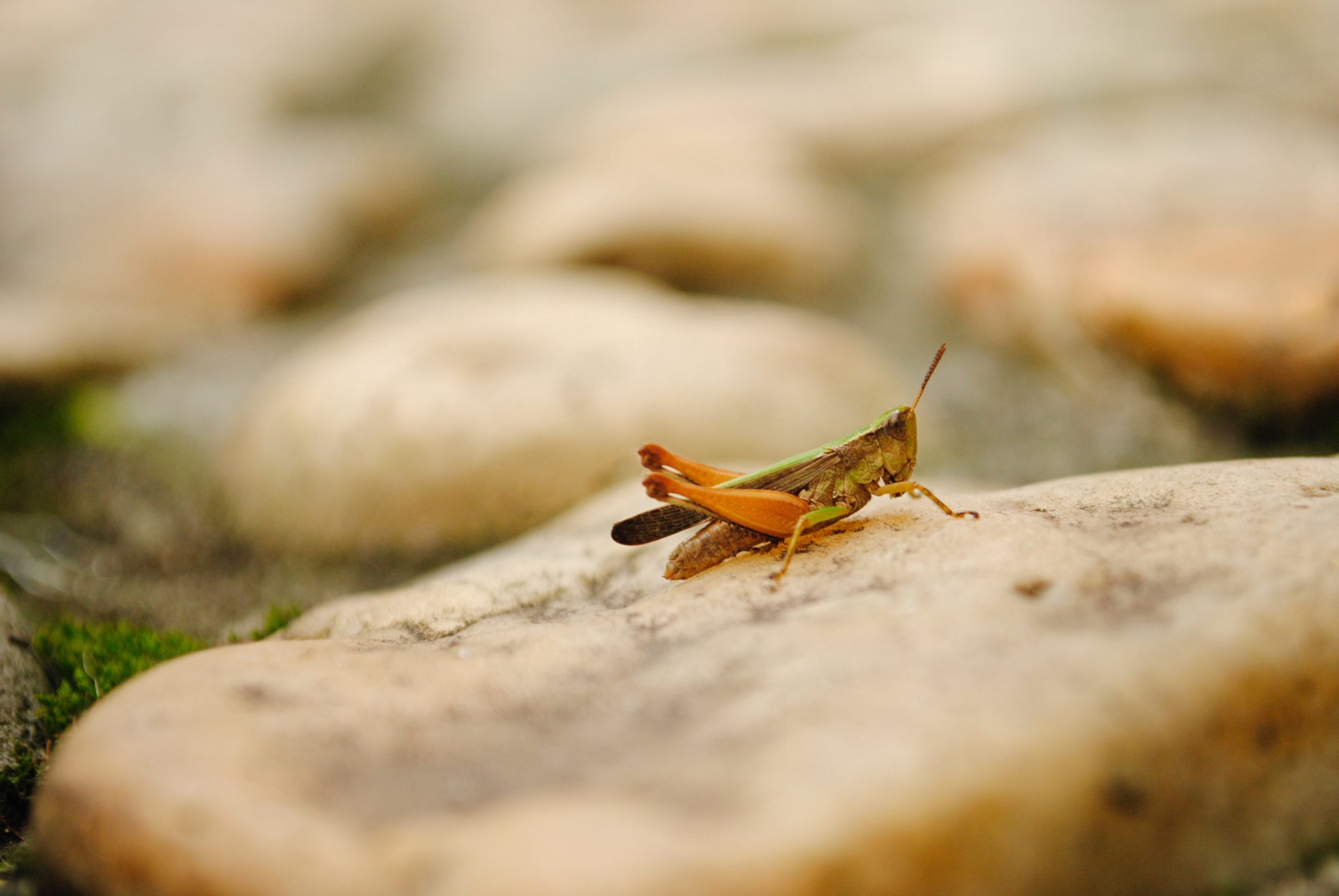Three key recommendations are outlined in the roadmap to reach the $10 million industry goal; get insect industry members to share ideas and knowledge for the benefit of all involved, develop practical industry guidelines to provide the building blocks for a strong industry, and then leverage these to invest in foundational research.
AgriFutures Australia’s Senior Manager, Emerging Industries, Tom McCue said the development of the RD&E plan will hold the industry in good stead for future investment and long-term growth.
“This is an important milestone for the Australian insect industry and we’re excited about the future possibilities as this roadmap clearly shows where investment can get the best results,” said Mr McCue.
“The benefits of being an industry-led exercise means there are no surprises, the changes required to achieve scale have been prioritised and members understand how they can grow all aspects of the industry; from breeding and harvesting, to processing and marketing.”
The RD&E plan Catalysing a $10m Australian insect industry explores industry challenges and opportunities for Australian insect farmers and offers practical recommendations to help the industry achieve its potential.
Report co-author, CEO and Founder of AgThentic, Sarah Nolet explained collaboration and sharing foundational industry knowledge between members will be key to developing a unanimous ‘voice’ for industry and securing future investment.
“There are currently only 14 active Australian insect farming businesses operating across Australia, of these, 10 produce insects for animal feed and four produce insects for human consumption,” said Ms Nolet.









